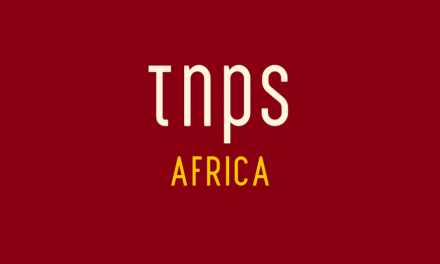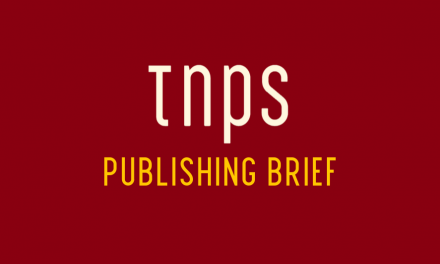The Jewish-American journal Forward has just announced that it will print its last edition this spring.
Publisher Rachel Fishman Feddersen said in a statement that the print editions are,
no longer financially sustainable.
The Lebanon Express, reporting the story, explained that,
Forward, founded in 1897 as a Yiddish-language daily newspaper serving the American Jewish community, started publishing an English-language weekly edition in 1990. Both the English and Yiddish editions have been published monthly since 2017.

But here’s where it gets interesting.
Feddersen said the Forward reaches more than 2 million online readers a month, dwarfing the print magazine’s 16,000 English-language subscribers and fewer than 1,000 Yiddish-language subscribers.
“Whereas our readers once went to the newsstand with a nickel to read the news of the day, today, the vast majority of our community connects through the digital world,” Feddersen said. “That is where the Forward is and will be.”
Now TNPS is not for one second suggesting book publishers should abandon print and go solely digital.
But take a look at those number differentials. 17,000 subscribers to the print edition. Over 2 million online readers.
One might perhaps question the decision to abandon those 17,000 readers who clearly preferred print – the TNPS position has always been that it is not an either/or debate and publishers should strive to get the best of both worlds.
But what we are seeing here is the clear advantage that digital brings, in terms of consumer convenience and consumer reach.
The beauty of digital is that it not only offers an enticing option for consumers who do have the print version available, but all importantly it also offers reach that print cannot in its wildest dreams match.
Only Feddersen can know whether the decision to shift to exclusive digital production will cost her those 17,000 print subscribers – and I’m sure she deliberated long and hard before taking that decision.
But in September 2018 Israel’s Jerusalem Post estimated the Jewish Diaspora to total 14.7 million.
As Feddersen said,
our readers once went to the newsstand with a nickel to read the news of the day.
Embracing digital means those 14.7 million potential readers around the world are just an internet connection away, while the nearest newsstand carrying that title might be on the other side of the planet.
It’s no different for book publishers which, wherever they are in the world, have global reach quite unimaginable even just ten years ago.
Yet surprisingly few are taking full advantage at this time.
Rather we see a faux debate in the nascent book markets about how digital and print are somehow either/or options, while in the mature markets another faux debate has emerged, where publishers allowed themselves to become too reliant on the dominant digital retailer and are now consciously pricing themselves out of the digital market in order to preserve some semblance of bargaining power with print.
At which point it’s worth reminding ourselves that, outside a handful of Kindle markets where it is an unquestionable powerhouse, Amazon elsewhere around the world is a negligible digital books player and the global digital book markets are an open goal.





